We caught up with the brilliant and insightful Azadeh Ramezani Tabrizi a few weeks ago and have shared our conversation below.
Azadeh, looking forward to hearing all of your stories today. Are you happier as a creative? Do you sometimes think about what it would be like to just have a regular job? Can you talk to us about how you think through these emotions?
Throughout history till now, it’s evident that being an artist is not a choice “to” survive. Nevertheless, I am content with my decision. As an artist, I’ve had the opportunity to delve into the concept of struggle and existential concerns while grappling with the complexities of the human experience through my work. I believe that everyone needs a medium to articulate their visions and concerns. For me, art serves as my tool and my language for this purpose.
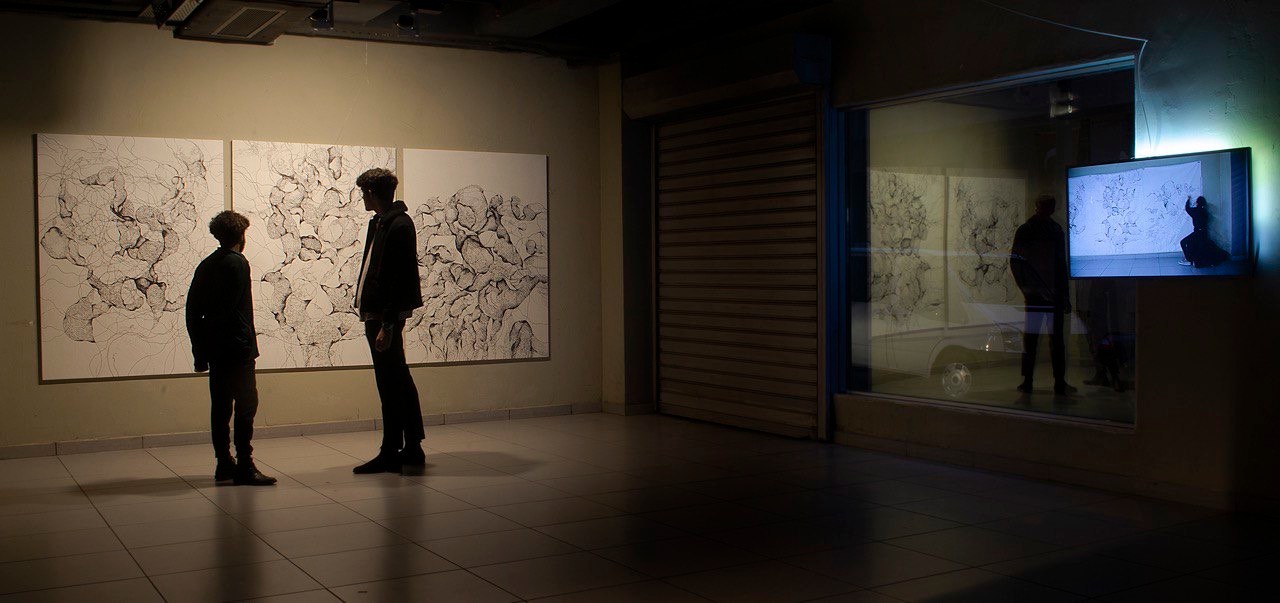
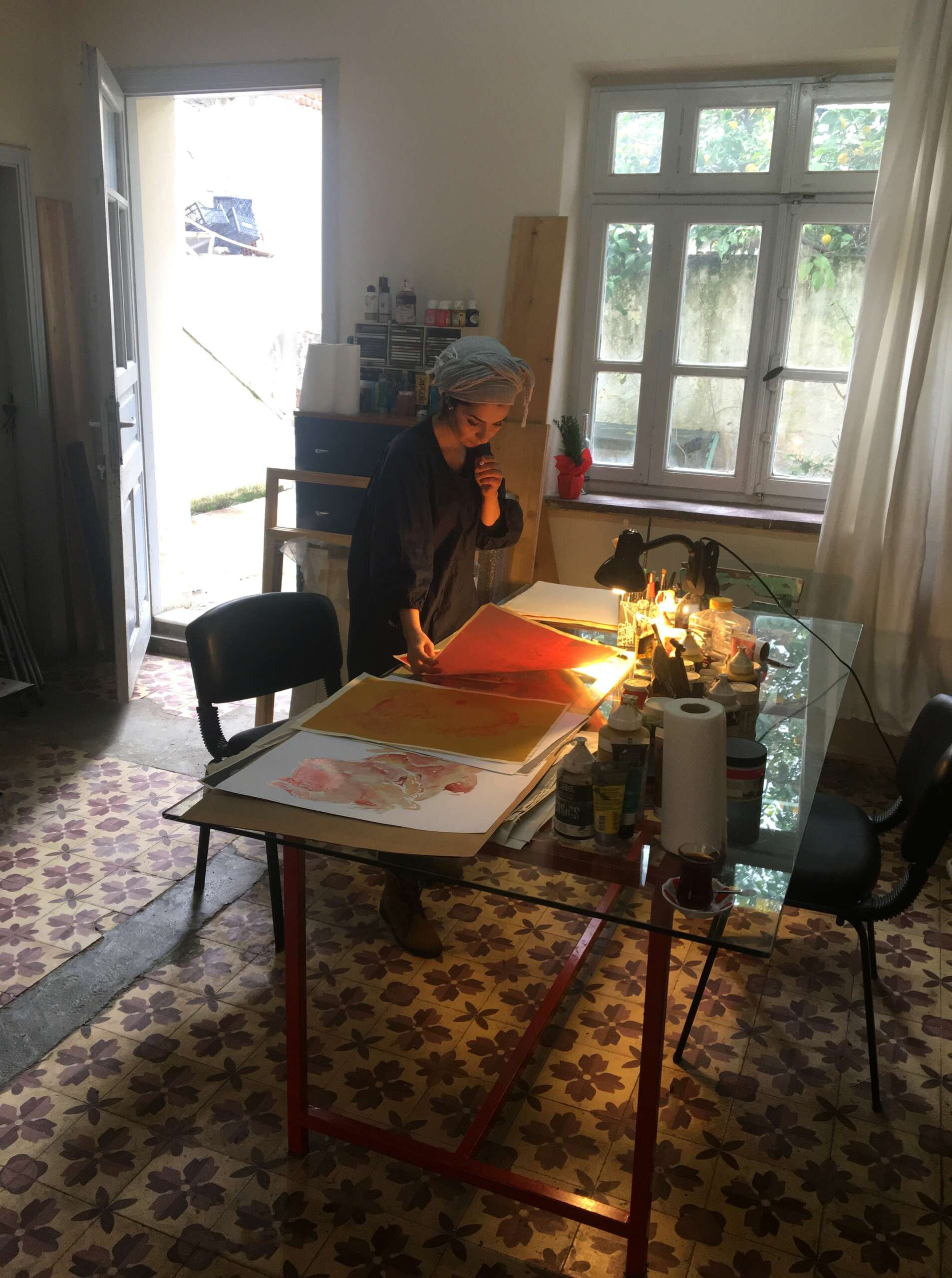
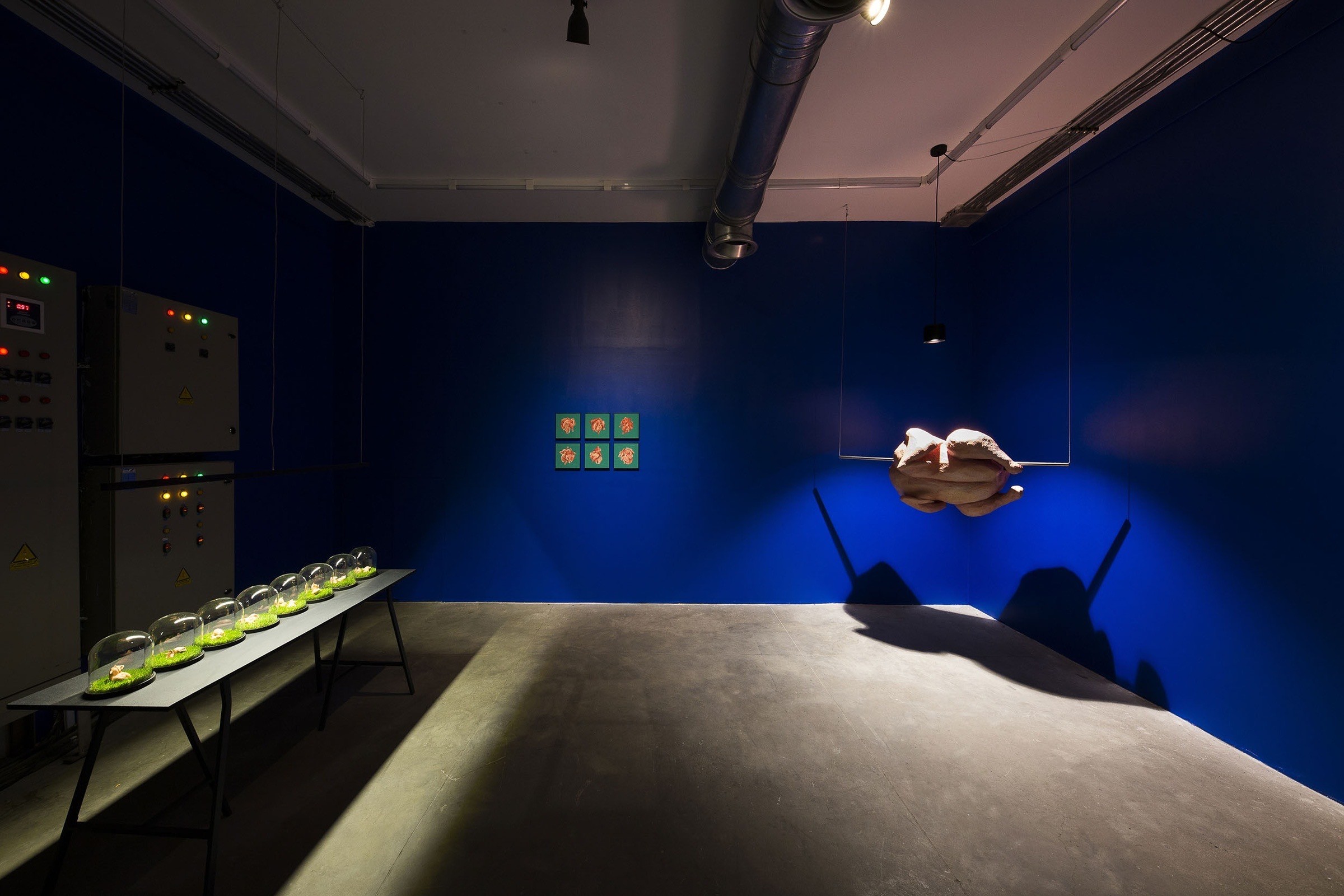
Azadeh, love having you share your insights with us. Before we ask you more questions, maybe you can take a moment to introduce yourself to our readers who might have missed our earlier conversations?
In my journey, I believe family support played a crucial role in steering me towards art. My mother, in particular, was attentive to my interests from an early age. She made concerted efforts to nurture my creativity, guiding me towards pursuits that would foster it. My mother is a creative individual, and always has found innovative solutions to any challenges was faced. The first place I engaged in art was the branch of “The Institute for the Intellectual Development of Children and Young Adults” in our neighborhood where my mother enrolled me. I faced
numerous innovative courses and a library for children.
Although I obtained my degree in Graphic Design from the Azad Art University of Tehran, I participated in various fine art group exhibitions. Following graduation, I moved to Istanbul, Turkey, where I encountered the challenges of establishing a new artistic atmosphere. Through collaboration with other artists, including my life partner Murat Savaşkan, we created a new sense of art circuit.
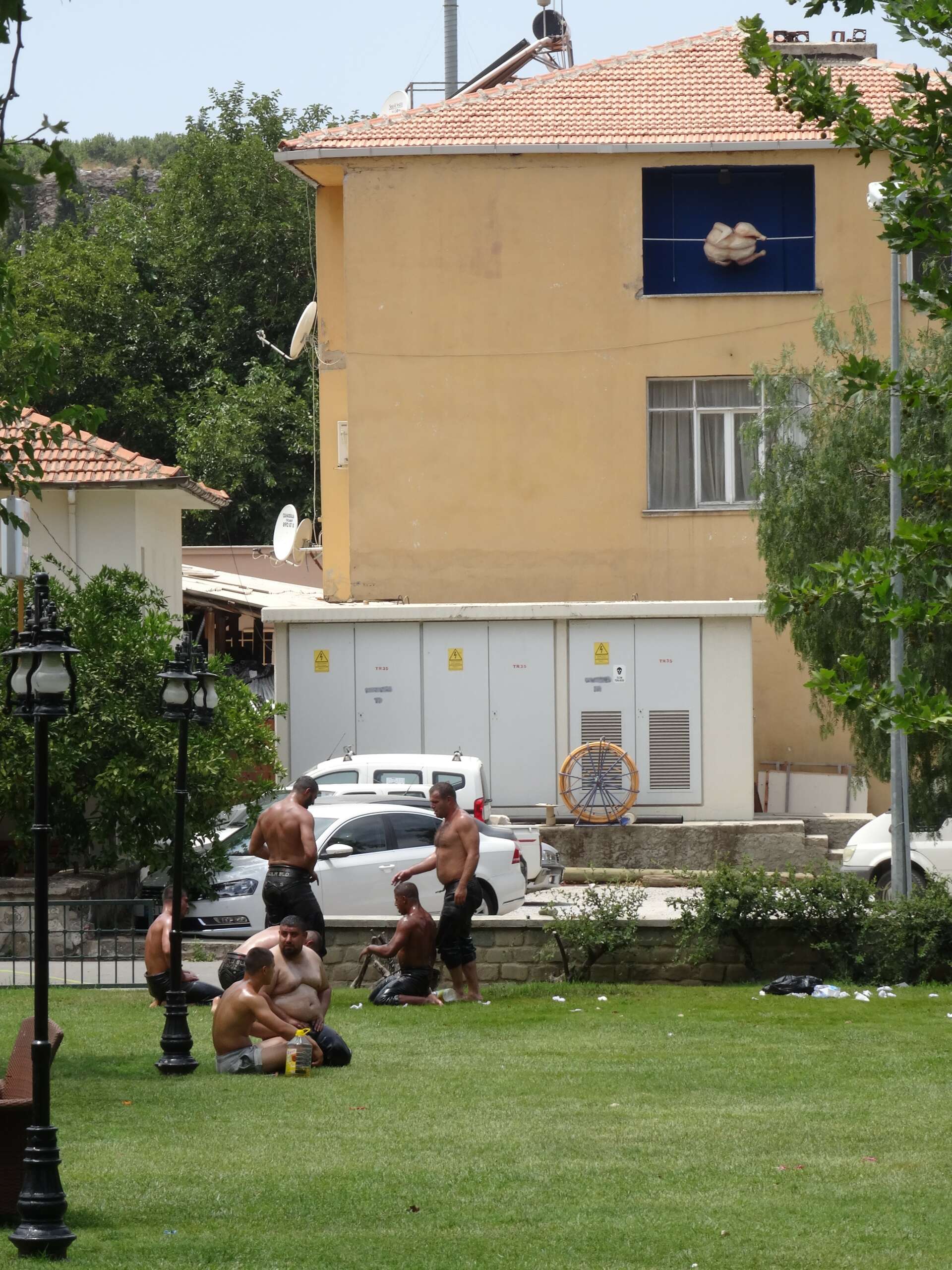
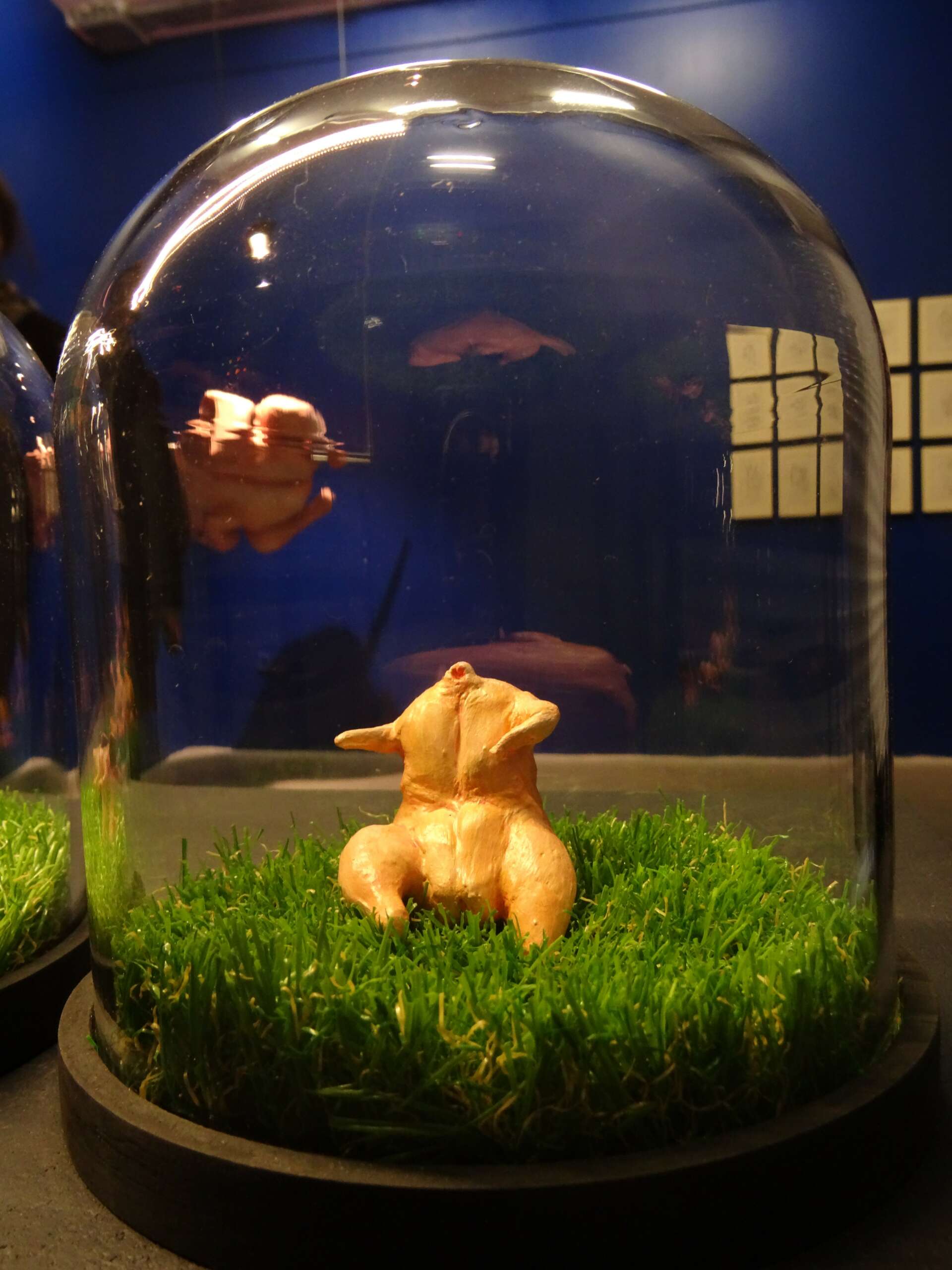

Can you share a story from your journey that illustrates your resilience?
After a decade in Istanbul, we determined to relocate our studio to Selçuk-Ephesus, a serene town in the Izmir province. Despite its historical charm and tranquil ambiance conducive to creativity, Selçuk lacked any space for contemporary art. We felt the urge to share our projects with audiences and be connected to society; the idea of being compelled to depend on the mega city was intolerable. We determined to overcome this challenge by changing the game rules: in 2016, we transformed our balcony into an alternative art space. Our inaugural project was my “Free Range” installation, exploring the concept of freedom’s limit, which was inspired by the labels of chicken packages in supermarkets. Those who passed by our building could able to see the artwork. This unconventional approach garnered attention and sparked conversations about art in our neighborhood and beyond. Following the balcony exhibition in Selçuk, the “Free Range” project was showcased as a solo exhibition at the Dastan/Electric Room Gallery in Tehran, and subsequently, it reached audiences across five different states in the USA as part of a group exhibition.
Building on the success of “Free-range,” we initiated the “Balconnection” project (balcony+connection), aimed at utilizing semi-public/semi-private spaces like balconies, windows, roofs, and yards as venues for contemporary art exhibitions.
Such spaces serve as a bridge between artists and society, fostering mutual engagement. With the support of the “Spaces of Culture” project and our community, we were able to exhibit 34 artworks in 13 different locations within and outside of Turkey, accompanied by 34 artist talks, all within 2 years.
In addition to collaborative projects, I’ve pursued solo endeavors such as “Blackout” a performance painting and video project, “Silent Speech” a performance piece, and “On Air”, a video art. Each of these projects, although diverse in form, reflected my dedication and concerns during different periods.
To sum up, I have to say there is not much similarity between my works visually which is important to me not to fall into the artistic style trap.
my concerns drive me towards ideas, then leading me to explore the relevant materials, textures, and techniques for each project, regardless of whether I’ve used them before or not. I am always after new experiments.

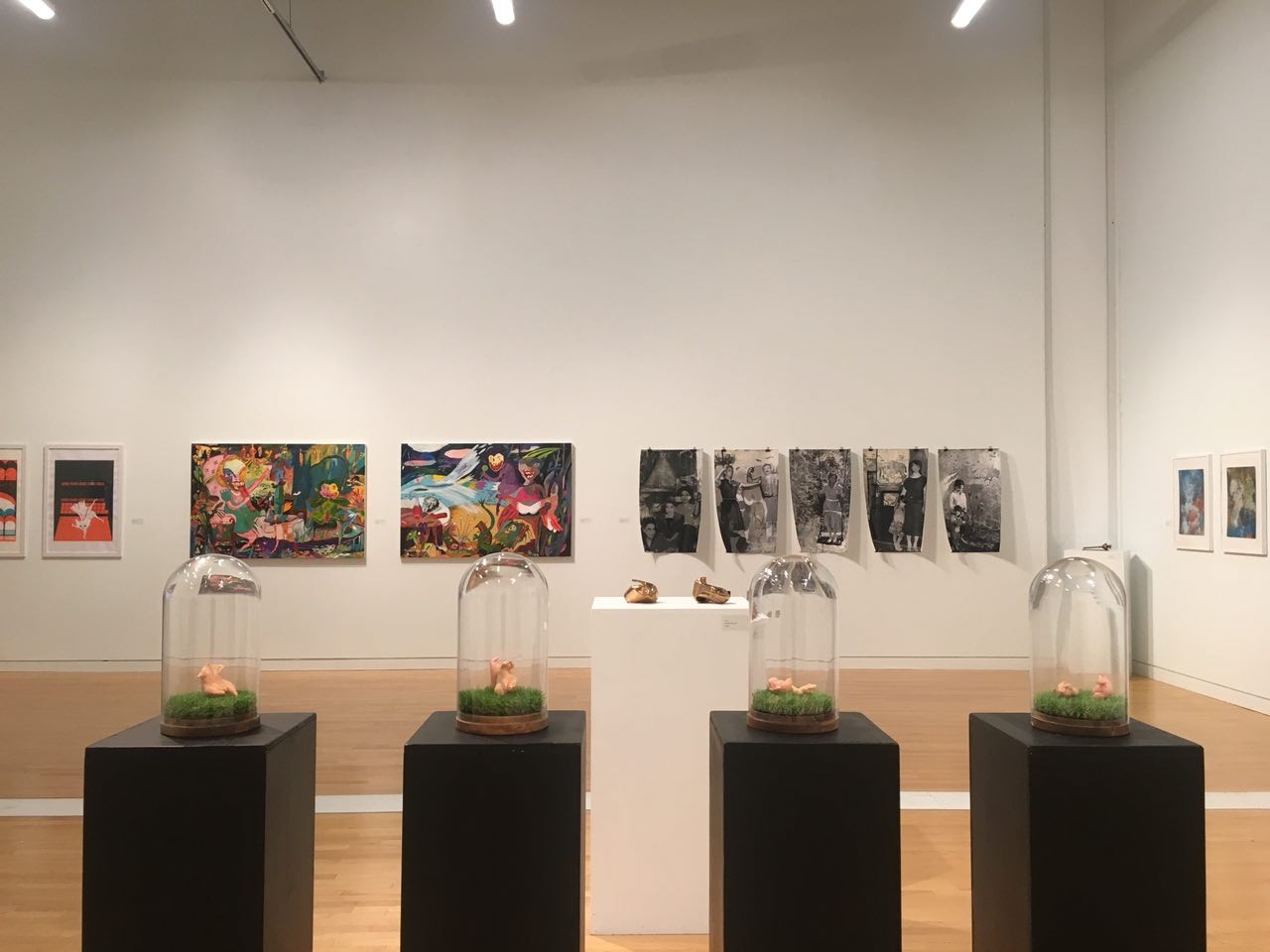
What do you think is the goal or mission that drives your creative journey?
The discussion of creativity is beyond the field of art as anyone can be creative in their life no matter what their profession is. For me, building a profession in which I am passionate and can feel free to be creative is an important issue. In today’s wild capitalist societies, the alienation of individuals from their jobs, solely for the sake of livelihood, is steadily increasing, posing a significant threat to both individual health and the fabric of society as a whole. In such a situation, persisting in the field of art becomes more challenging, and today’s independent artists of these societies who facing significant hurdles in sustaining their creative pursuits. In this regard, I think remaining an independent artist must be considered a form of activism. All of us, as artists, trying to create and design a unique discourse, our success will be evaluated by the realm of critics and art history. Personally, my sole obligation is to remain engaged in continuous and committed work aligned with my beliefs, entrusting the assessment of my work to be conducted by history.
Contact Info:
- Website: https://en.balconnection.com/azadeh-ramezani-tabrizi
- Instagram: https://www.instagram.com/azadehrt
- Youtube: https://youtu.be/SCzRYLJRVgI?si=O6p37_NkBrrZJpUR
- Other: https://www.behance.net/azadehramezani https://en.balconnection.com/
Image Credits
Özgür Ceylan, Murat Savaşkan, Dastan Art Gallery, Azadeh Ramezani Tabrizi


